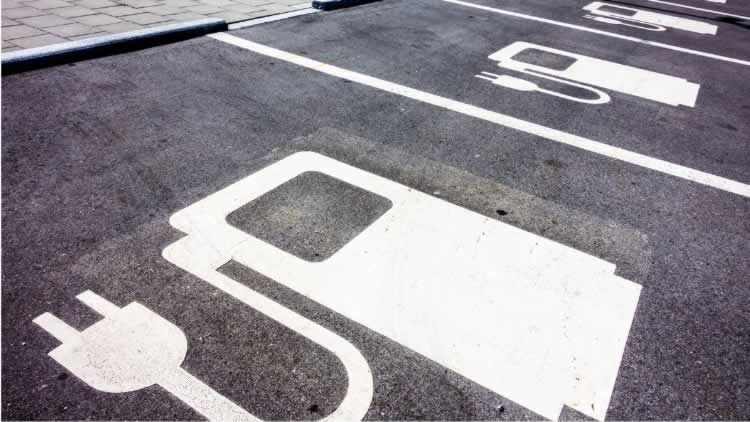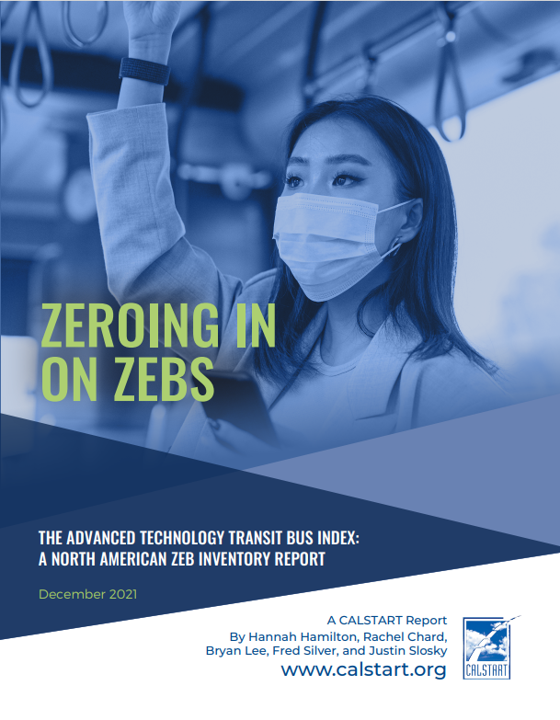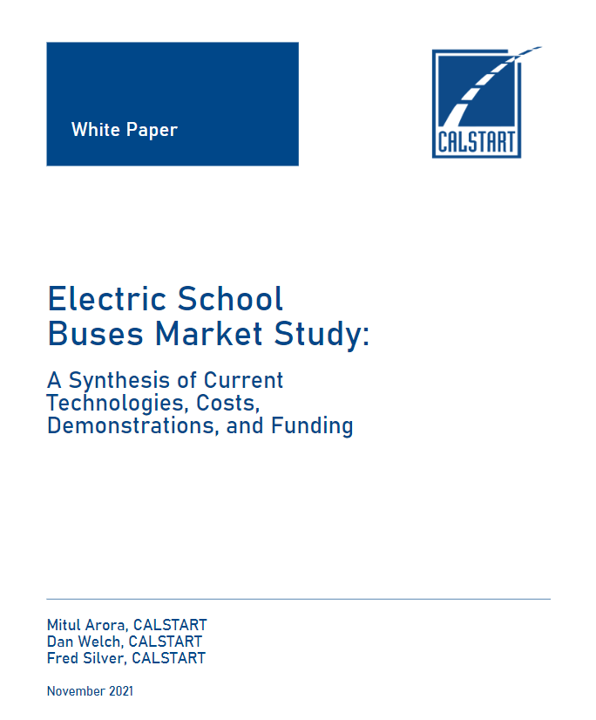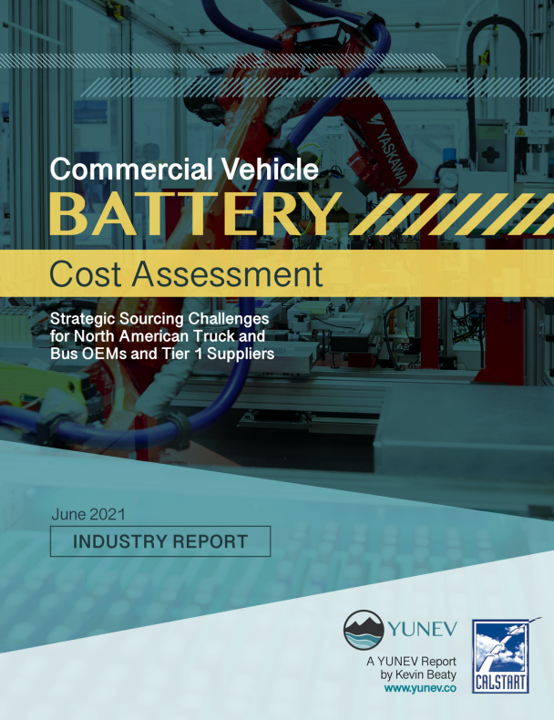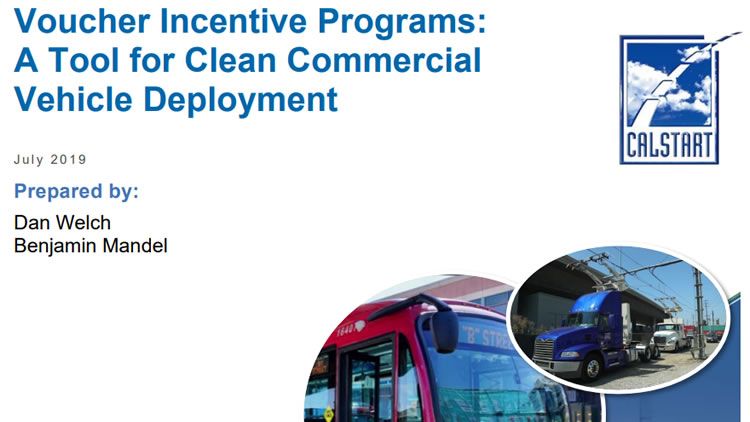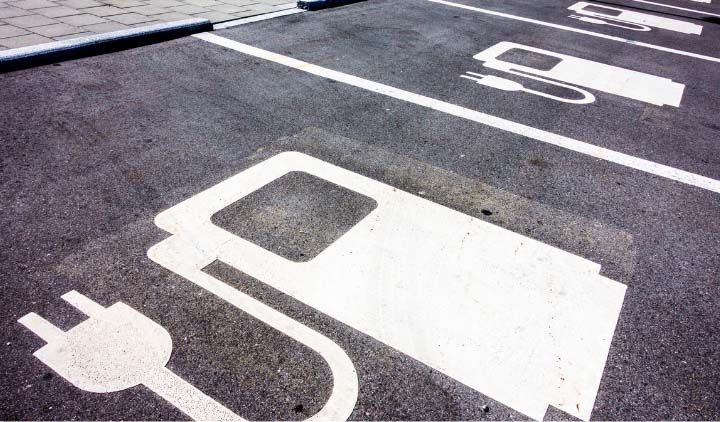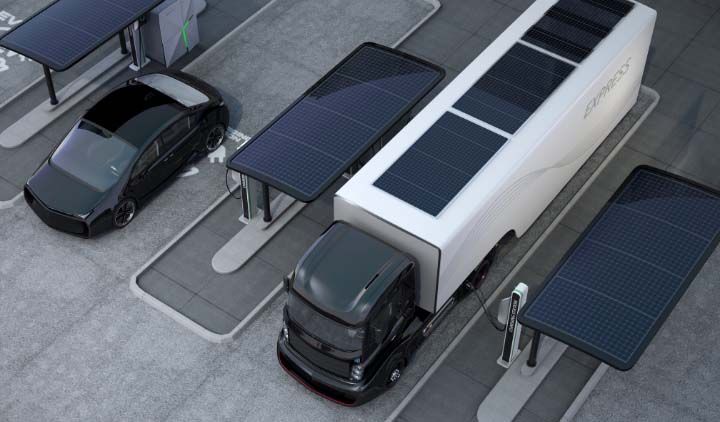Taking Commercial Fleet Electrification to scale: Financing Barriers and Solutions
White Papers
Numerous barriers and risks impede zero-emission commercial vehicles (ZECV) from reaching meaningful scale despite strong and growing policy momentum toward their adoption. While some of these barriers and risks are technological in nature, like the suitability of battery range to fleets’ duty cycles, others relate to the financing conditions for truck and bus electrification projects, namely uncertainty regarding residual value and the total cost of ownership. “Taking Commercial Fleet Electrification to Scale” offers structured guidance on how public and private levers can catalyze ZECV markets to target the most prominent barriers to adoption, and in so doing unlocking the needed capital to finance fleet electrification at scale.
The public sector can marshal greater involvement of private capital in financing the ZECV transition and eventually obviate an active government role in both capital provision and risk mitigation capacities. To begin, government agencies should serve as “First-Loss Protection Providers” (FLPPs) to target the most oft-cited financing barrier for ZECV projects—residual value risk, or the concern over how well ZECVs will retain value at the end of their fleet service time. Such a function would mitigate project risk by absorbing the first amount of residual value downside risk and would in turn ease financing of ZECV projects by traditional financial intermediaries. The FLPP role could be fulfilled at the state level by Green Banks or at the federal level through the U.S. Department of Energy’s Loan Programs Office, as examples.
Related
Address
CALSTART
48 S Chester Ave
Pasadena, CA 91106
USA
Visit us
Contact: membership@calstart.org
Offices in: San Joaquin Valley, CA | Berkeley, CA | Brooklyn, NY | Lakewood, CO | Santa Rosa Beach, FL | Troy, MI | Pasadena, CA (HQ)

